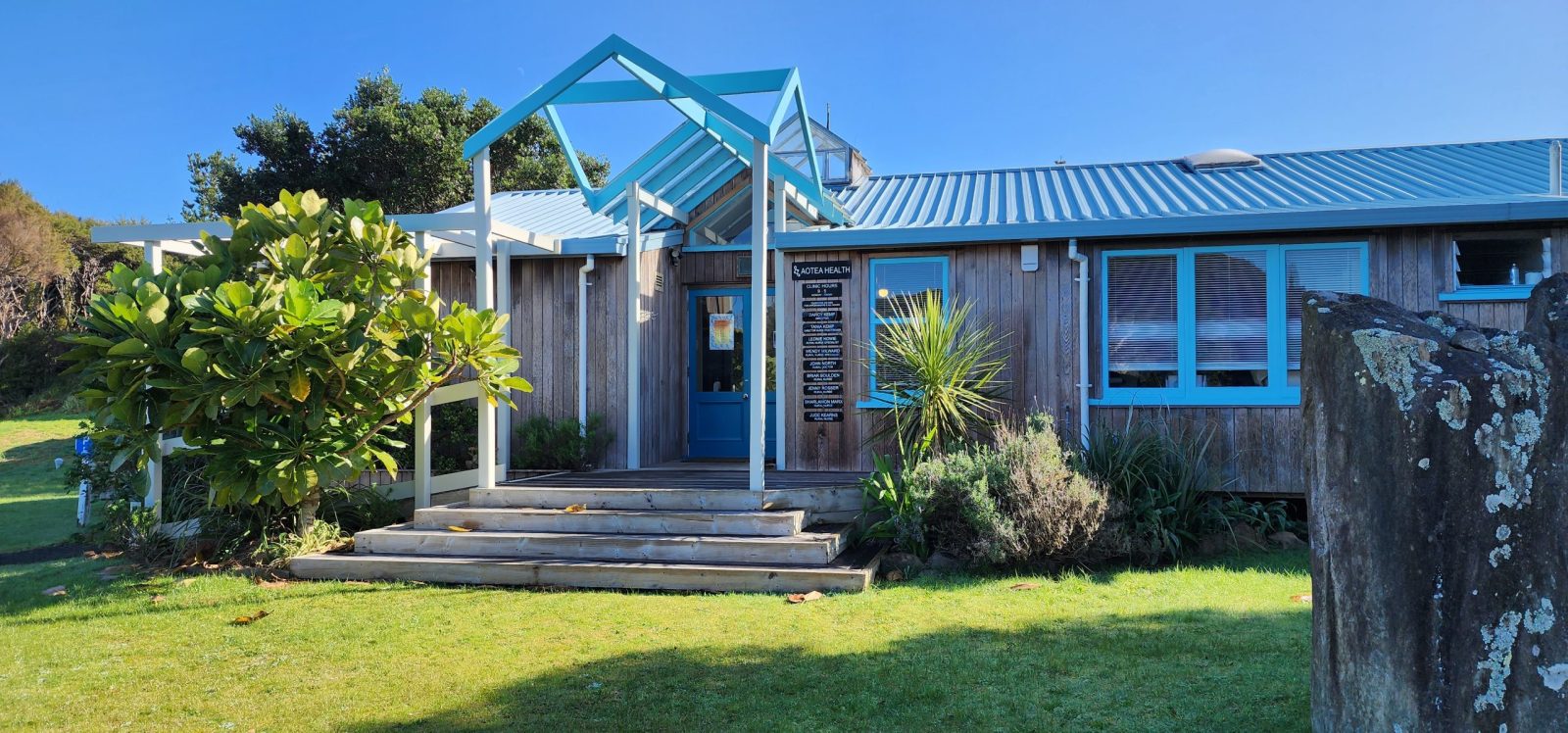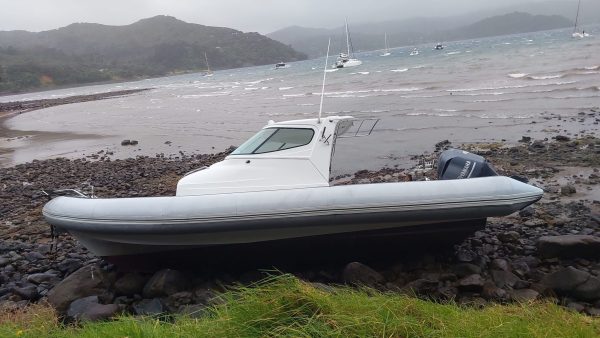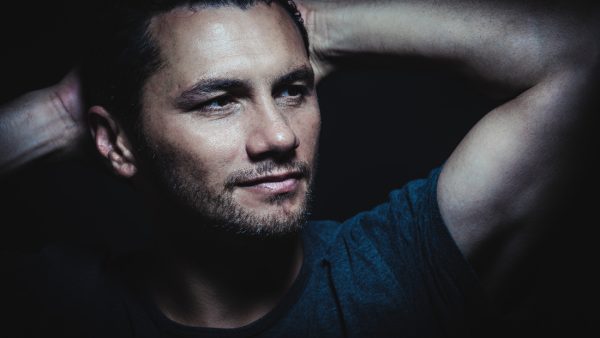Great Barrier Island will be one of six rural communities to pilot a major new Government initiative aimed at transforming after-hours and urgent healthcare, with a $164 million investment unveiled in the lead-up to Budget 2025.
Currently, after-hours urgent care typically falls to paramedics, with critical patients airlifted to Auckland by helicopter — often in the dead of night. That model may finally be about to change.
Associate Health Minister Matt Doocey announced that new services would be trialled this year in Twizel, Tākaka, Tūrangi, Te Kūiti, Coromandel — and Great Barrier Island.
“This investment will bring healthcare closer to home for more people,” said Doocey. “Access to healthcare is one of the biggest concerns for people living in rural and remote communities… Geography shouldn’t be a barrier to getting the healthcare you need.” he said.
The Government says 98 percent of New Zealanders will be able to access urgent and after-hours care within one hour’s drive of their home by the end of the rollout. On Great Barrier Island, where there is no hospital and access to emergency departments requires air evacuation, the local impact could be significant.
The funding will support:
- Extended after-hours care
- 24/7 on-call in-person clinical support
- Improved access to diagnostics and medicines
The programme aims to reduce travel times for patients, ease pressure on urban emergency departments, and improve health outcomes for remote communities.
“This is about delivering practical improvements that make a real difference for people living in rural and remote areas,” said Doocey.
Hauora Taiwhenua: ‘A Game-Changer for Rural Health’
Rural health advocacy group Hauora Taiwhenua has welcomed the announcement, calling it a breakthrough after years of lobbying.
“Urgent and unplanned care, including PRIME services, has been an identified priority concern for rural general practice for many years,” said Dr Grant Davidson, Chief Executive of Hauora Taiwhenua. “We are glad to see the Government placing focus on this and looking to apply increased funding.”
Great Barrier Island, along with the five other prototype communities, will help “rural proof” the new National Afterhours and Urgent Care Framework before it is rolled out to over 70 locations across the country over the next two years.
“This could be a game-changer for rural health,” Davidson said. “The solutions will be designed by rural providers, tested out by rural providers and ultimately, implemented by rural providers.”
Hauora Taiwhenua is working with Health NZ and ACC on the trial, which aims to blend clinical expertise, technology, and community-based models. The goal: reduce reliance on air transfers and allow care to happen on-island, quickly and safely.
“We are excited to be part of this prototype project, which will not only improve urgent care access but also strengthen the sustainability of rural health services across the motu,” said Davidson.
Broader Concerns Remain
Despite the announcement, Hauora Taiwhenua warned the Government still has work to do.
“This does not diminish our concerns about promises that the Coalition partners made to rural health prior to the election,” said Davidson. He pointed to stalled progress on the proposed third medical school at Waikato, pay disparities for rural nurses, and insufficient funding for rural hospitals and interprofessional training hubs.
“We need our primary care nurses paid at equivalent rates to Te Whatu Ora nurses – equal pay for equal work,” he said. “We don’t want to see further costs passed on to the community by expecting people to pay higher fees when they visit their doctor. This will reduce access and lead to even worse health outcomes.”
A First Step
On Great Barrier, the success of this trial could finally give the island a locally based, clinically supported system for after-hours care — and possibly save lives in the process.
The rollout is expected to begin in the second half of 2025.







